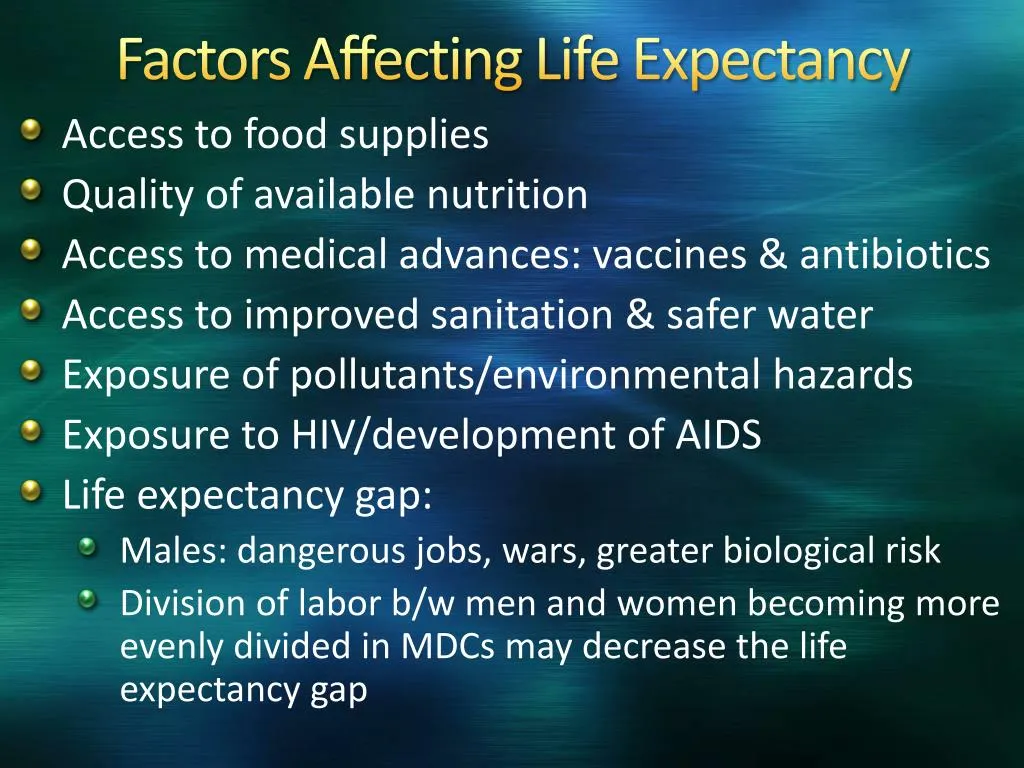Life expectancy in America has been steadily increasing over the years, thanks to advancements in healthcare, improved living conditions, and better access to medical treatments. However, there are several factors that can impact life expectancy in the United States.
One of the major factors affecting life expectancy in America is socio-economic status. People who are wealthier tend to live longer than those who are living in poverty. This is because individuals with higher incomes have better access to healthcare, nutritious food, and safer living environments. They are also more likely to engage in healthy behaviors such as regular exercise and avoiding smoking and excessive drinking.
Healthcare access and quality also play a significant role in determining life expectancy. People who have health insurance and can afford medical care are more likely to receive timely treatment for illnesses and chronic conditions. On the other hand, individuals without health insurance may delay seeking medical help, leading to poorer health outcomes and a shorter life expectancy.
Genetics and family history can also influence life expectancy. Some people are genetically predisposed to certain diseases or conditions that can shorten their lifespan. For example, individuals with a family history of heart disease or cancer may be at higher risk for developing these conditions themselves.
Lifestyle choices such as diet, exercise, and smoking can have a significant impact on life expectancy. A healthy diet rich in fruits, vegetables, and whole grains can help prevent chronic diseases and promote longevity. Regular exercise can improve overall health and reduce the risk of developing conditions such as obesity, heart disease, and diabetes. Smoking, on the other hand, is a major risk factor for many illnesses and can significantly shorten life expectancy.
Environmental factors such as pollution, access to clean water, and exposure to toxins can also affect life expectancy. People living in areas with high levels of pollution or contaminated water may be at higher risk for developing respiratory illnesses, cancer, and other health problems that can shorten their lifespan.
In conclusion, there are many factors that can impact life expectancy in America. While advancements in healthcare and improved living conditions have contributed to longer lifespans, socio-economic status, healthcare access, genetics, lifestyle choices, and environmental factors all play a role in determining how long a person is likely to live. By addressing these factors and promoting healthy behaviors and environments, we can continue to improve life expectancy in the United States.
